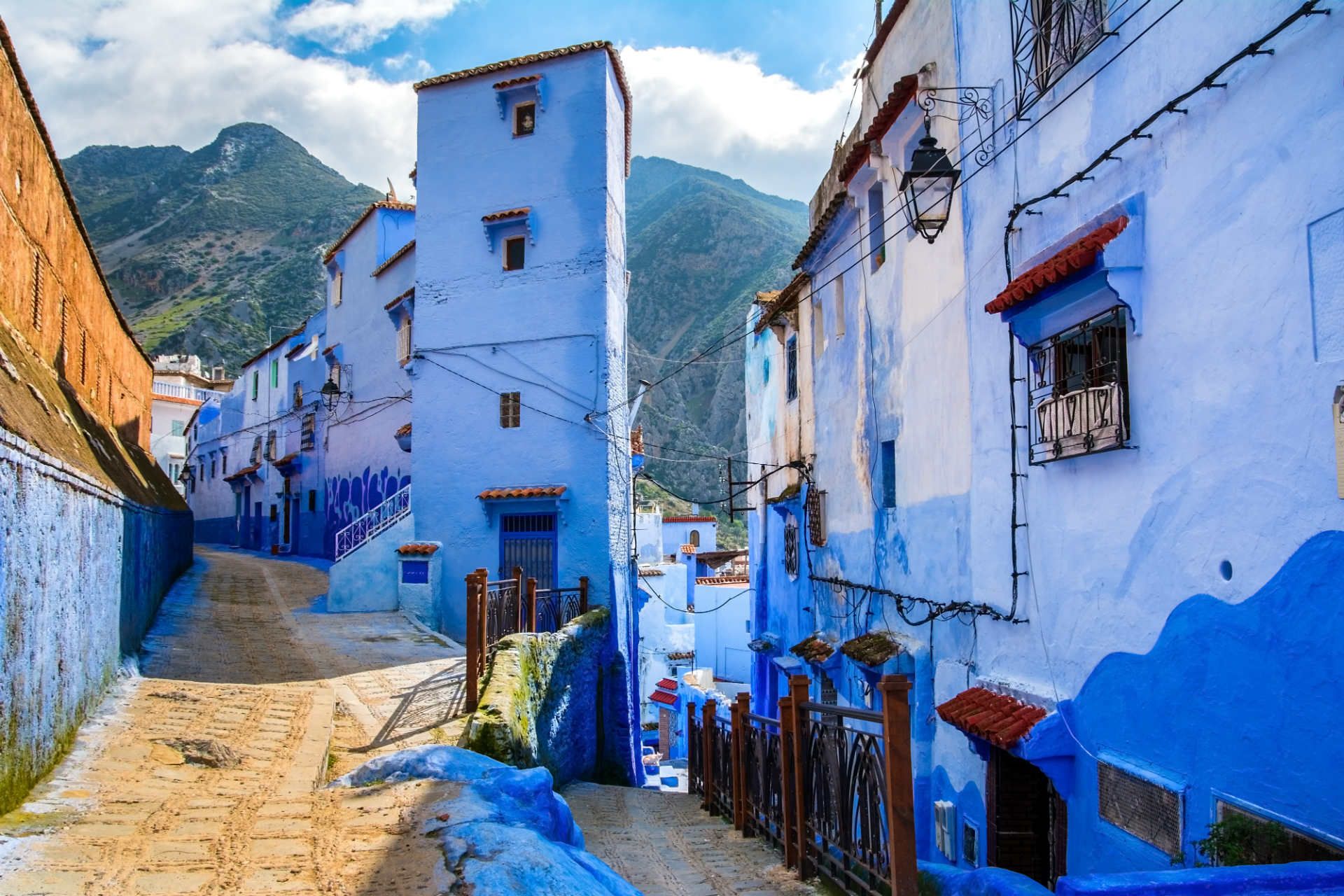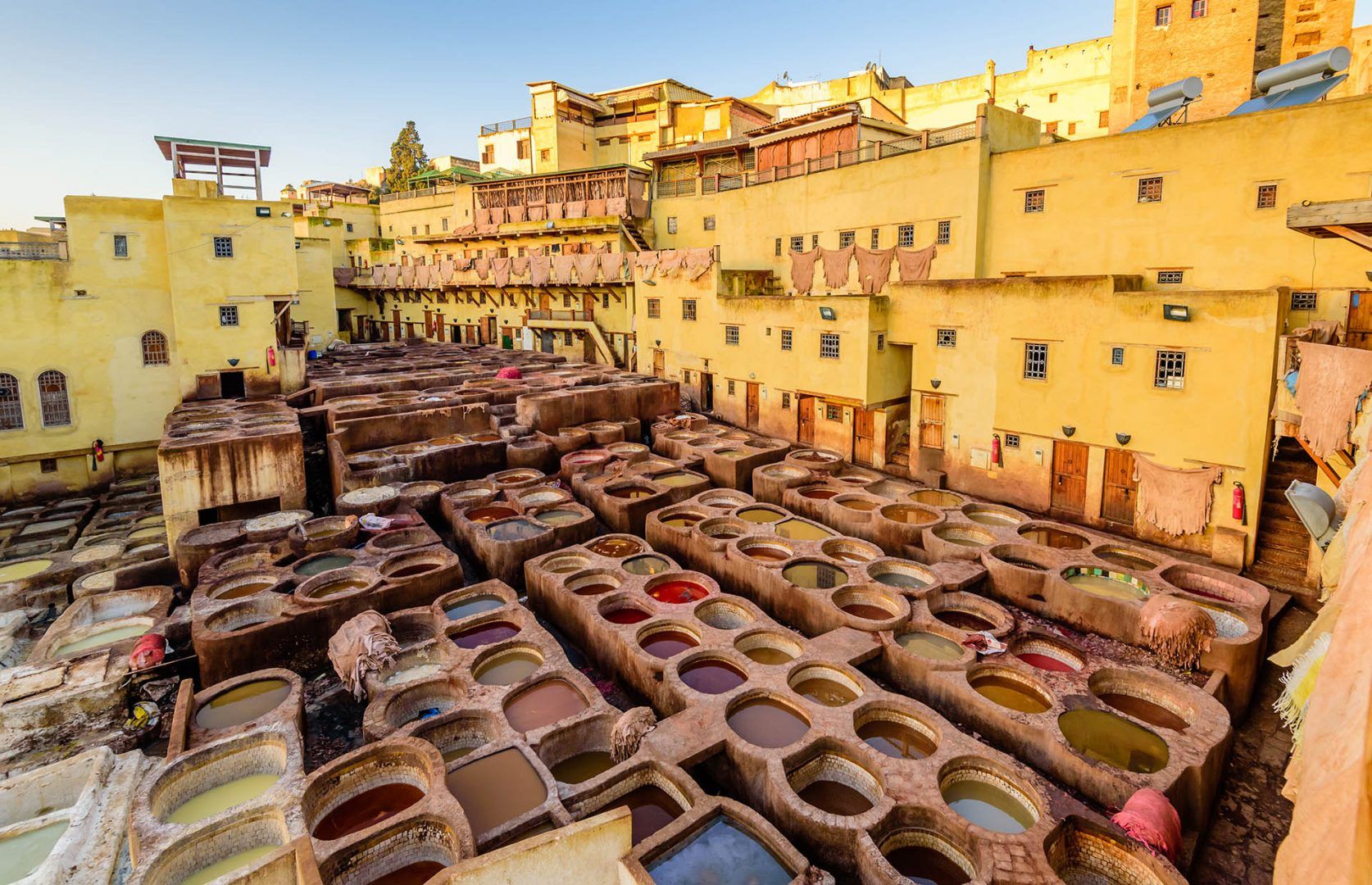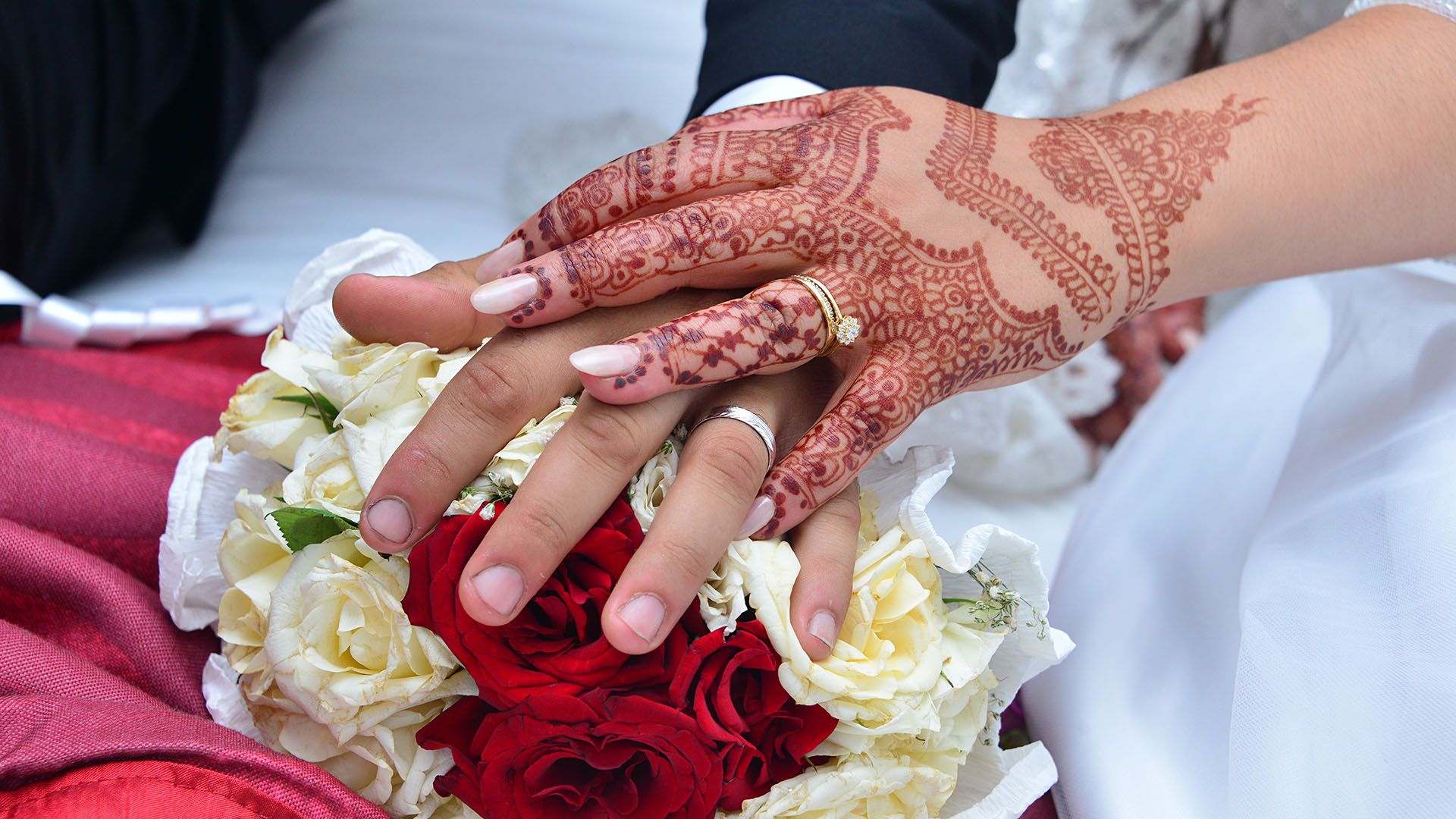27. Visit the rose festival in El Kelâa of the M'Gouna
Travelling through the Dadès in spring, you’ll find the fields around El Kelâa M’Gouna, laced with the bloom of thousands of small pink roses, cultivated into hedgerows dividing the plots.
The roses – rosa damascena, probably brought here from Persia by the Phoenicians – are harvested by local women, who start very early in the morning before the heat dries the bloom.
There is an estimated 4200km of rose hedges around Kelâa, with each metre yielding around a kilogram of petals, and ten tonnes of petals are needed to produce just two or three litres of rose oil.
In late May (sometimes early June), a rose festival is held in the village to celebrate the new year’s crops – a good time to visit, with villagers coming down from the mountains for the market, music and dancing

































